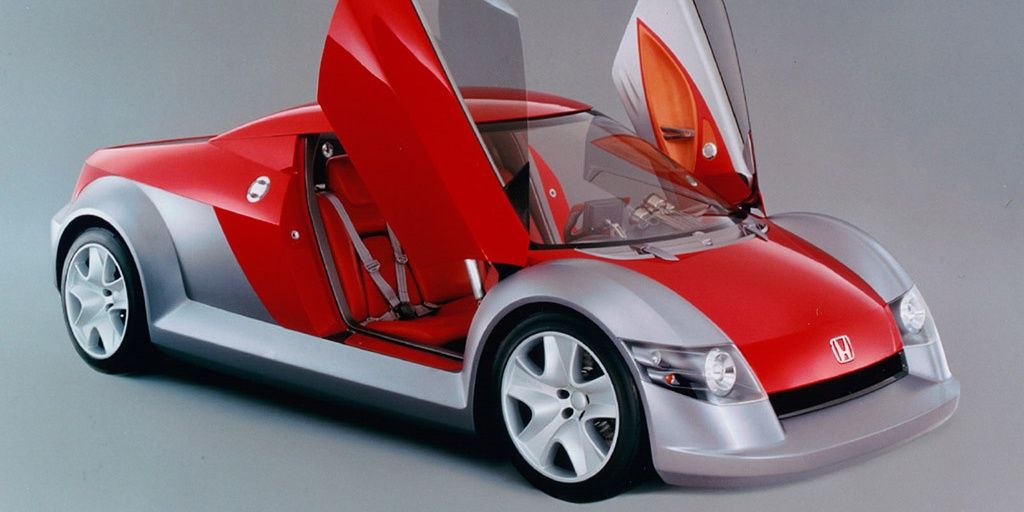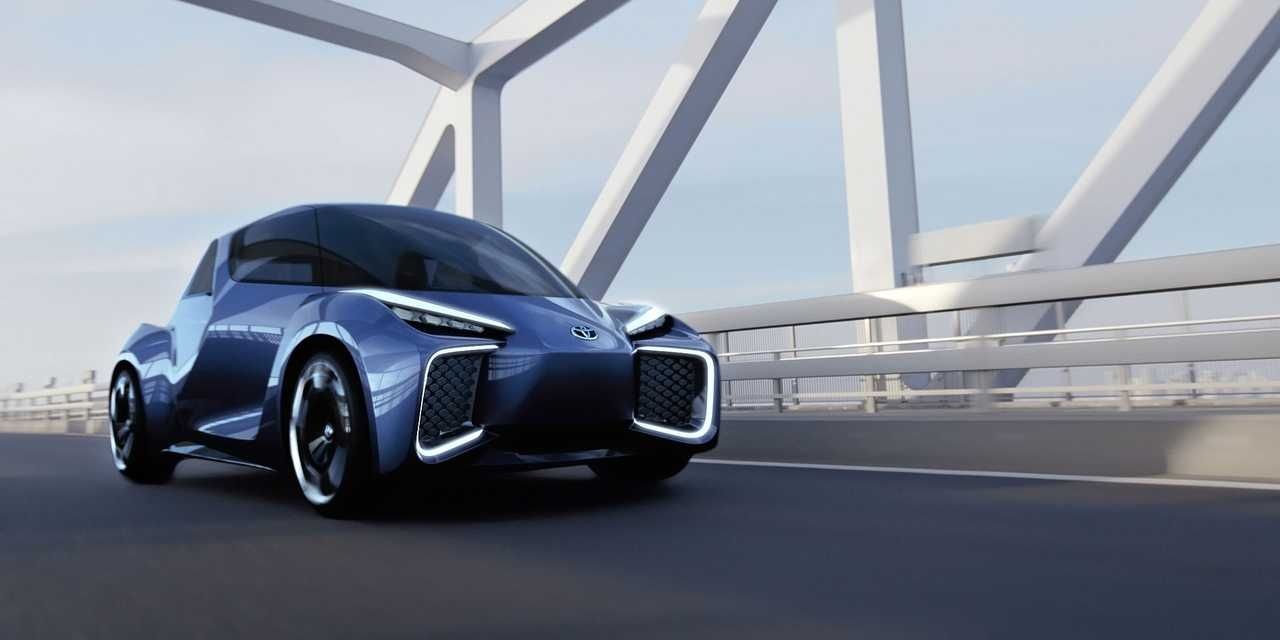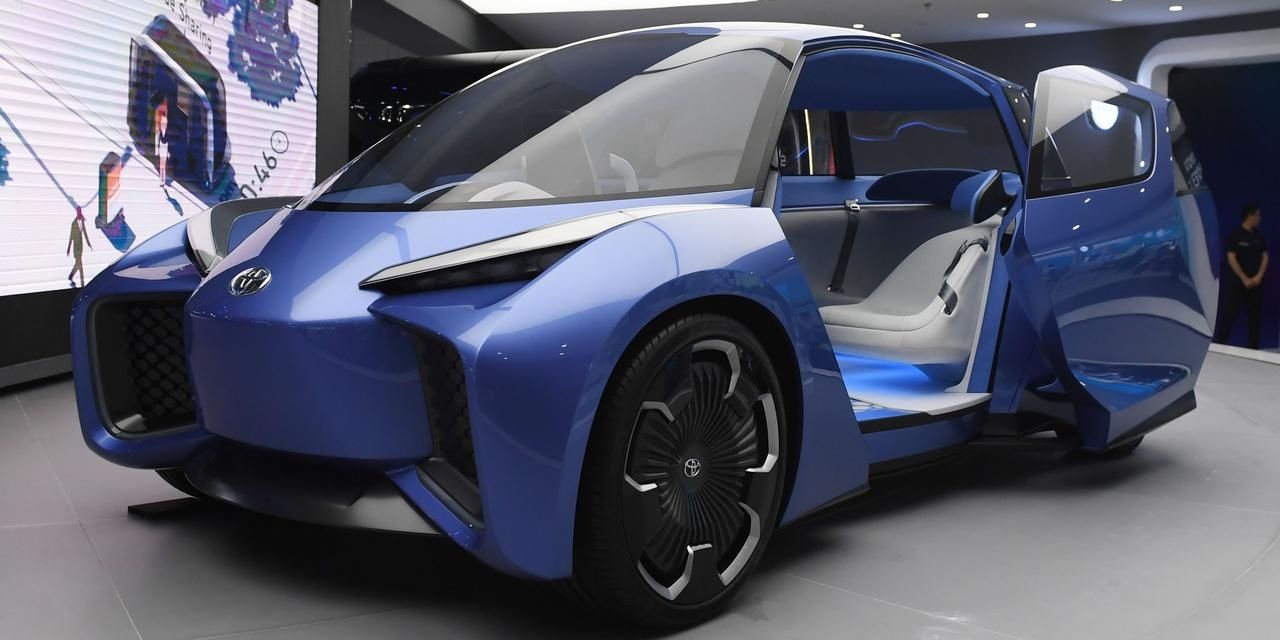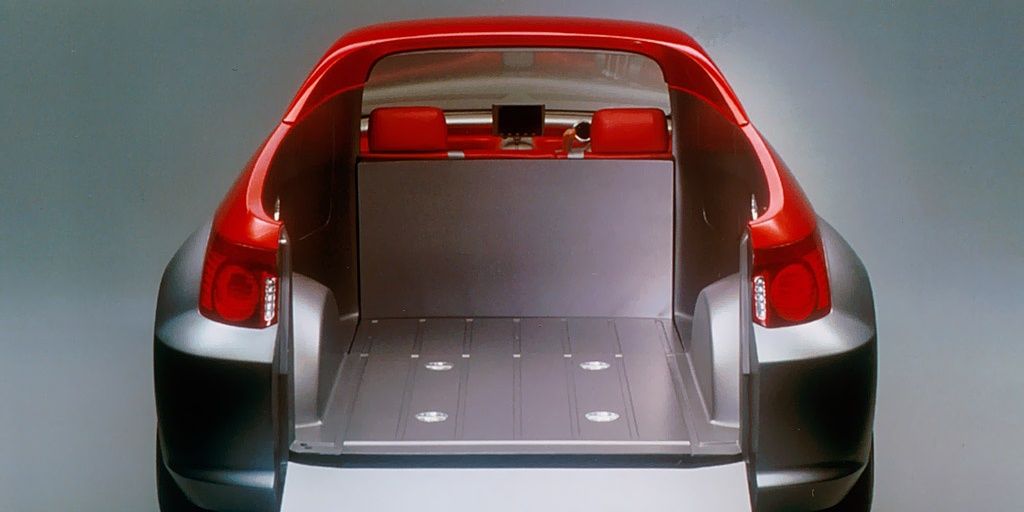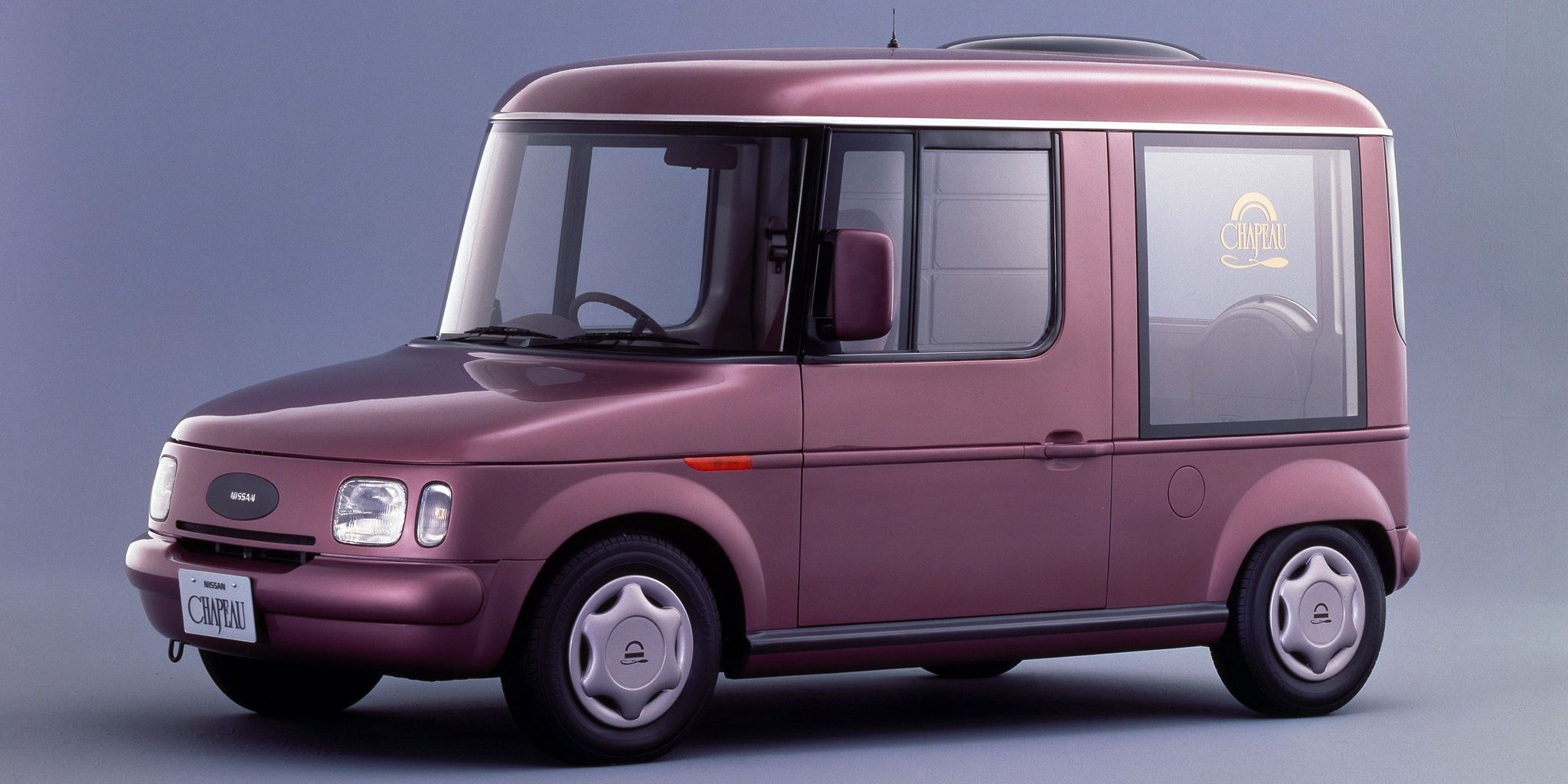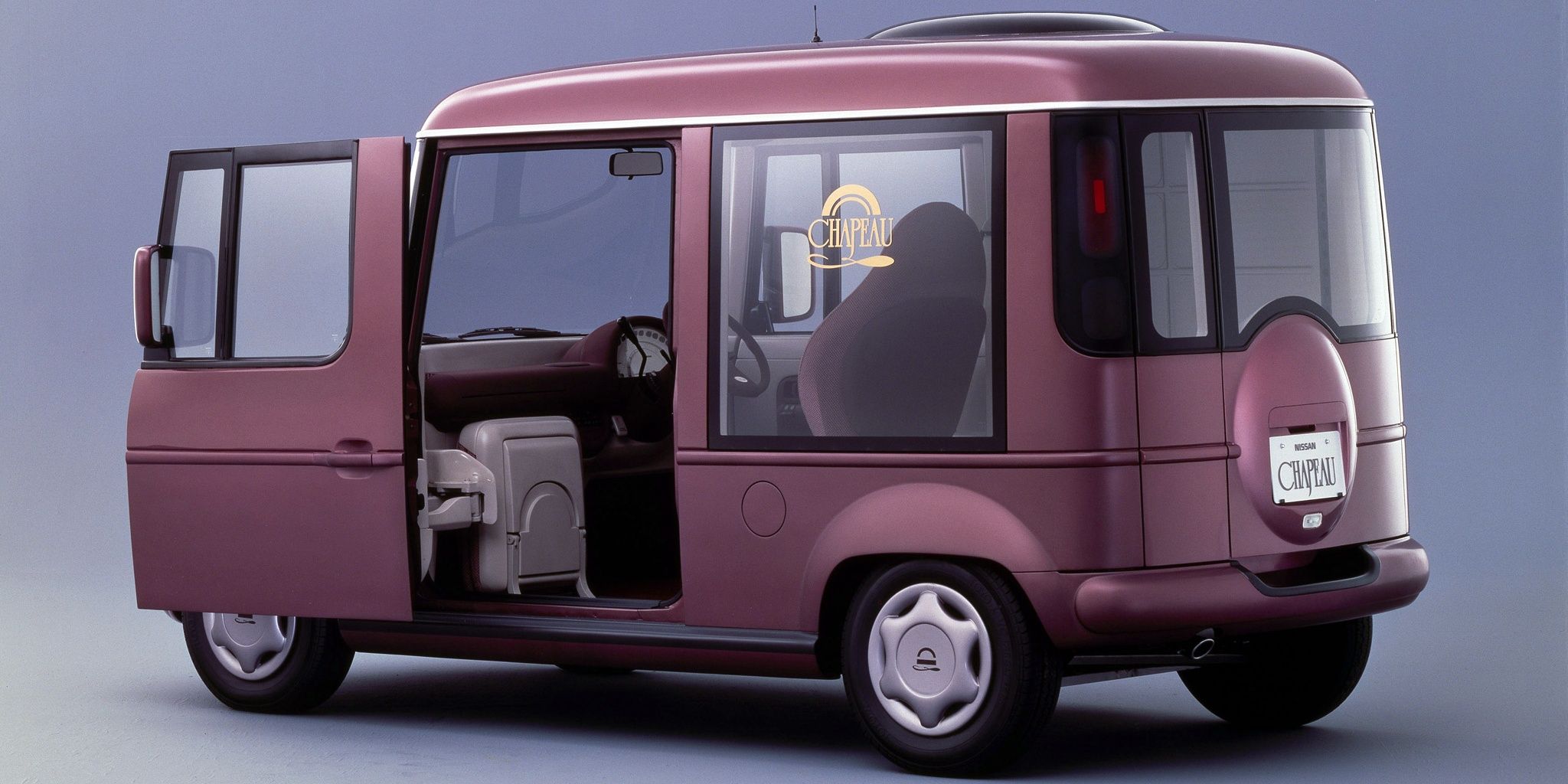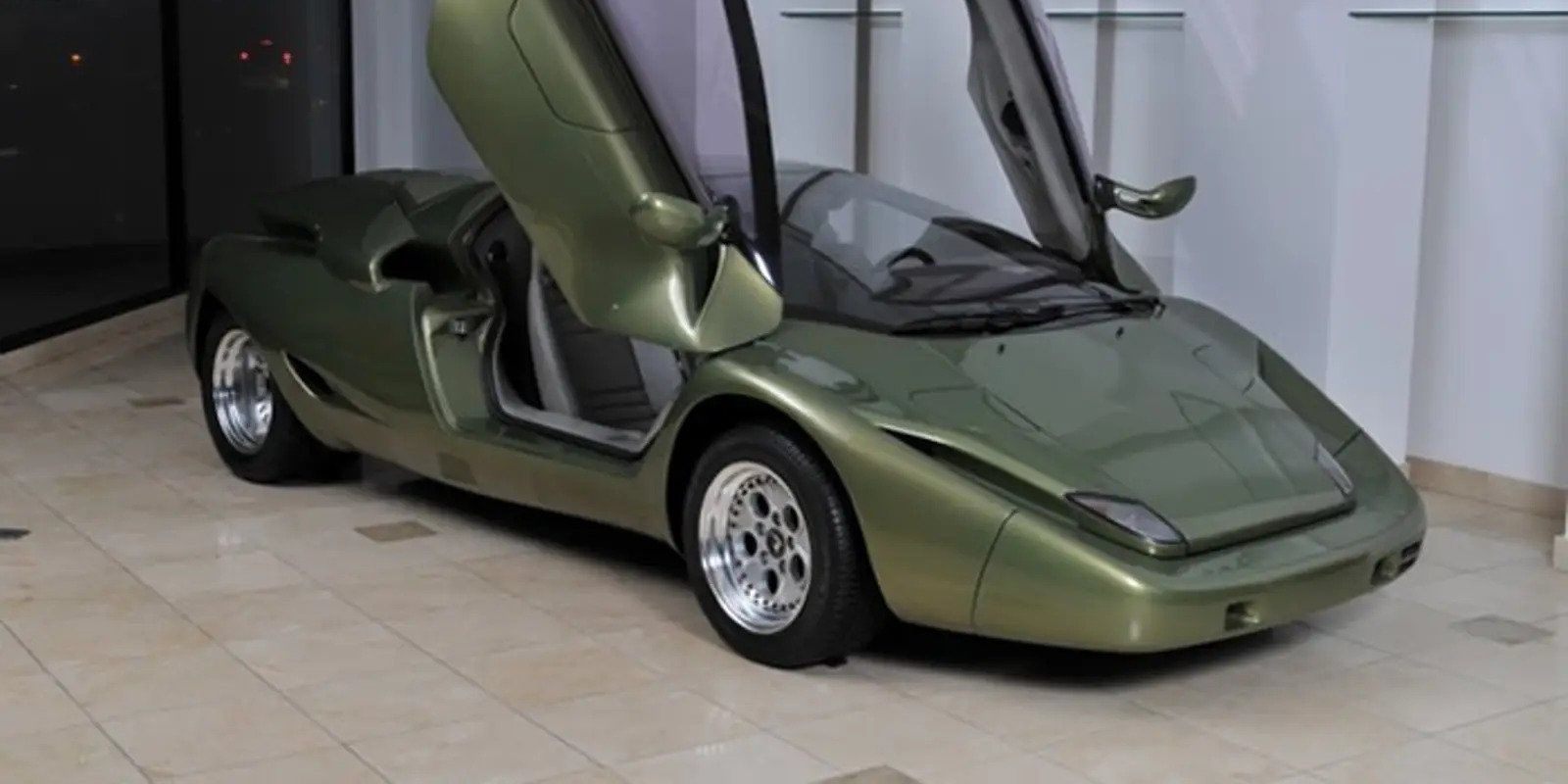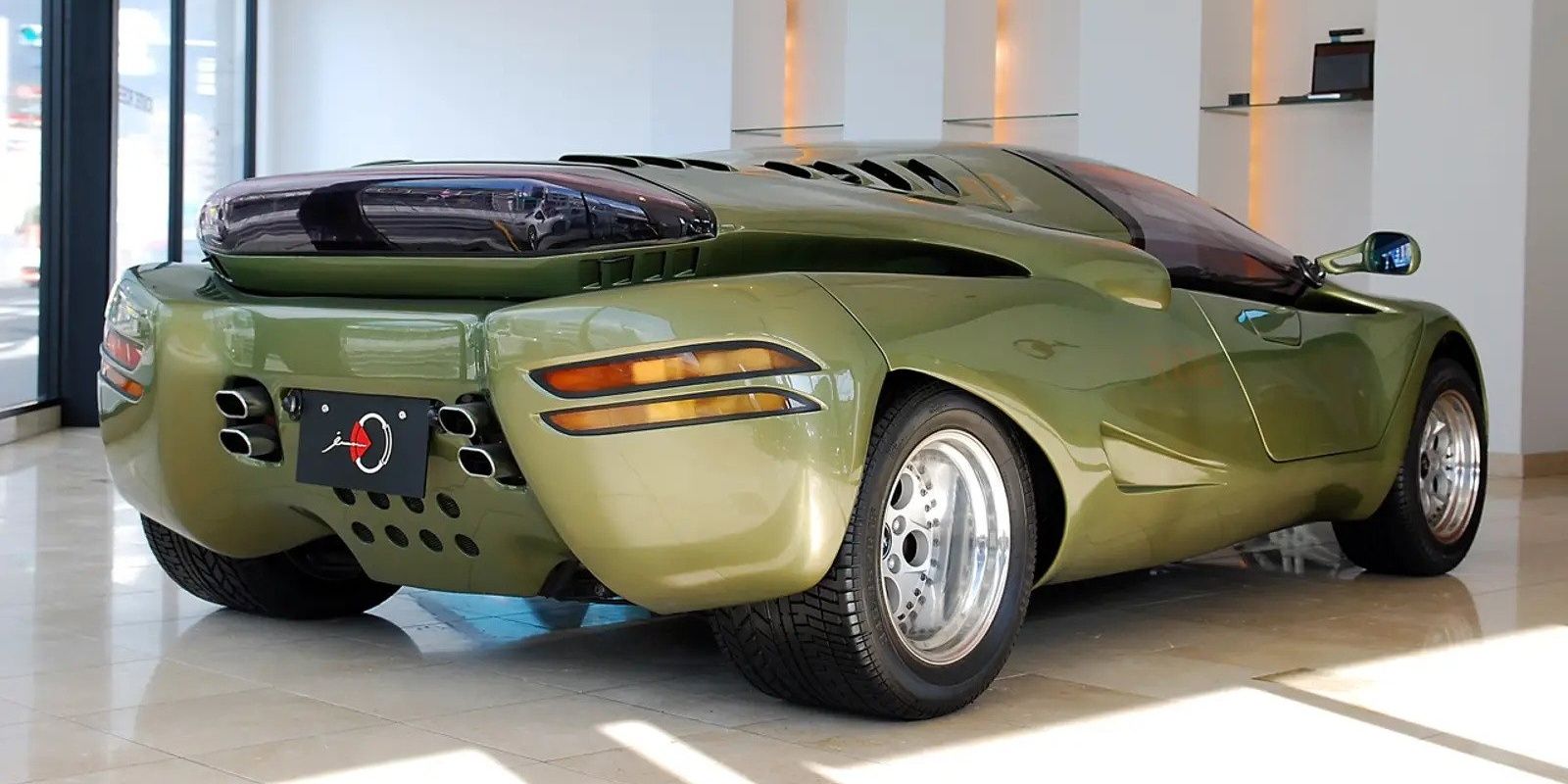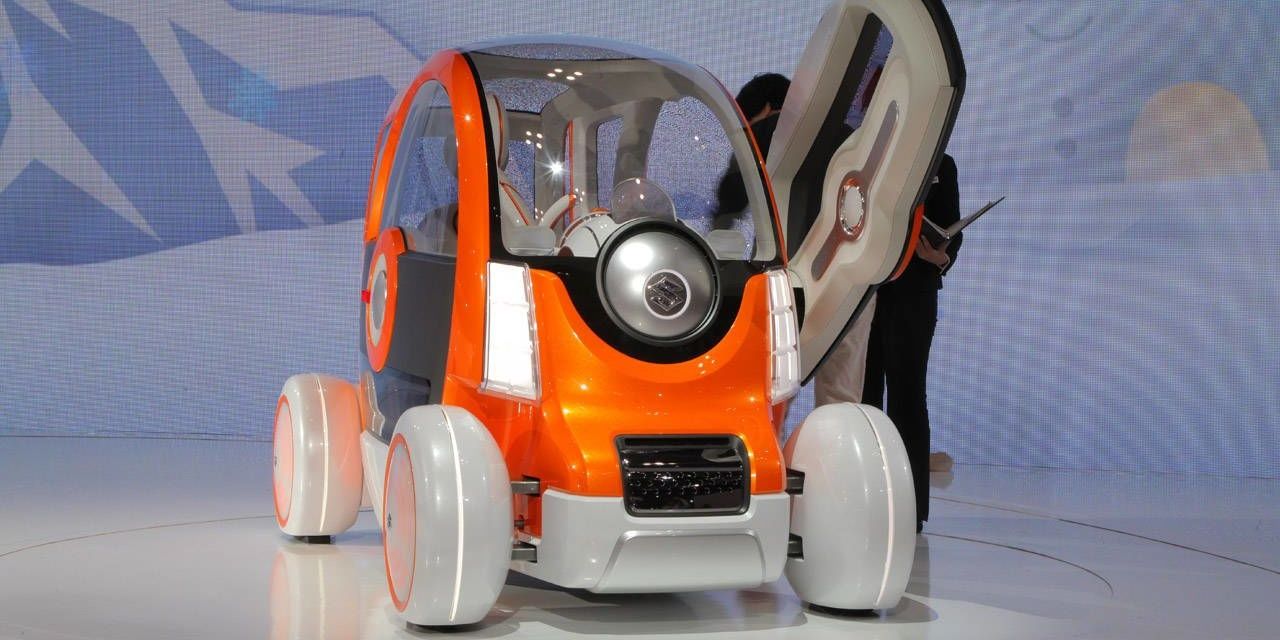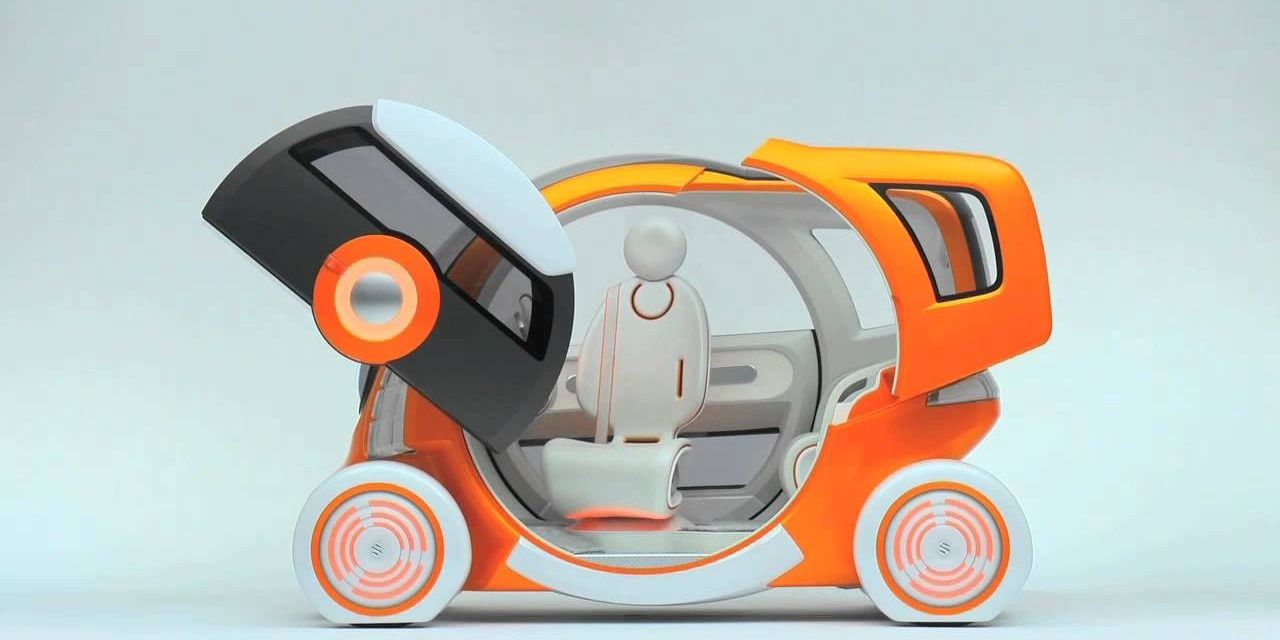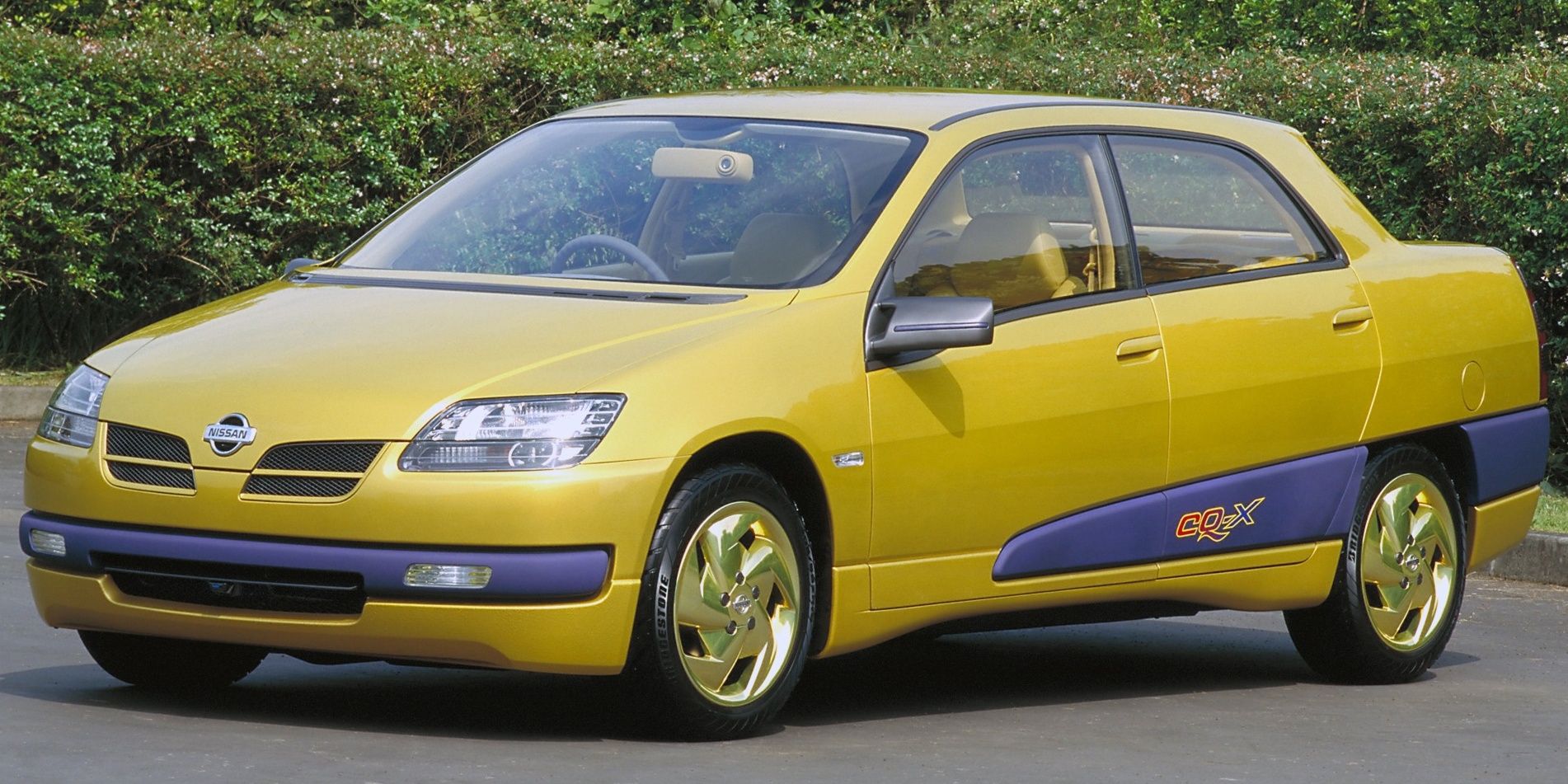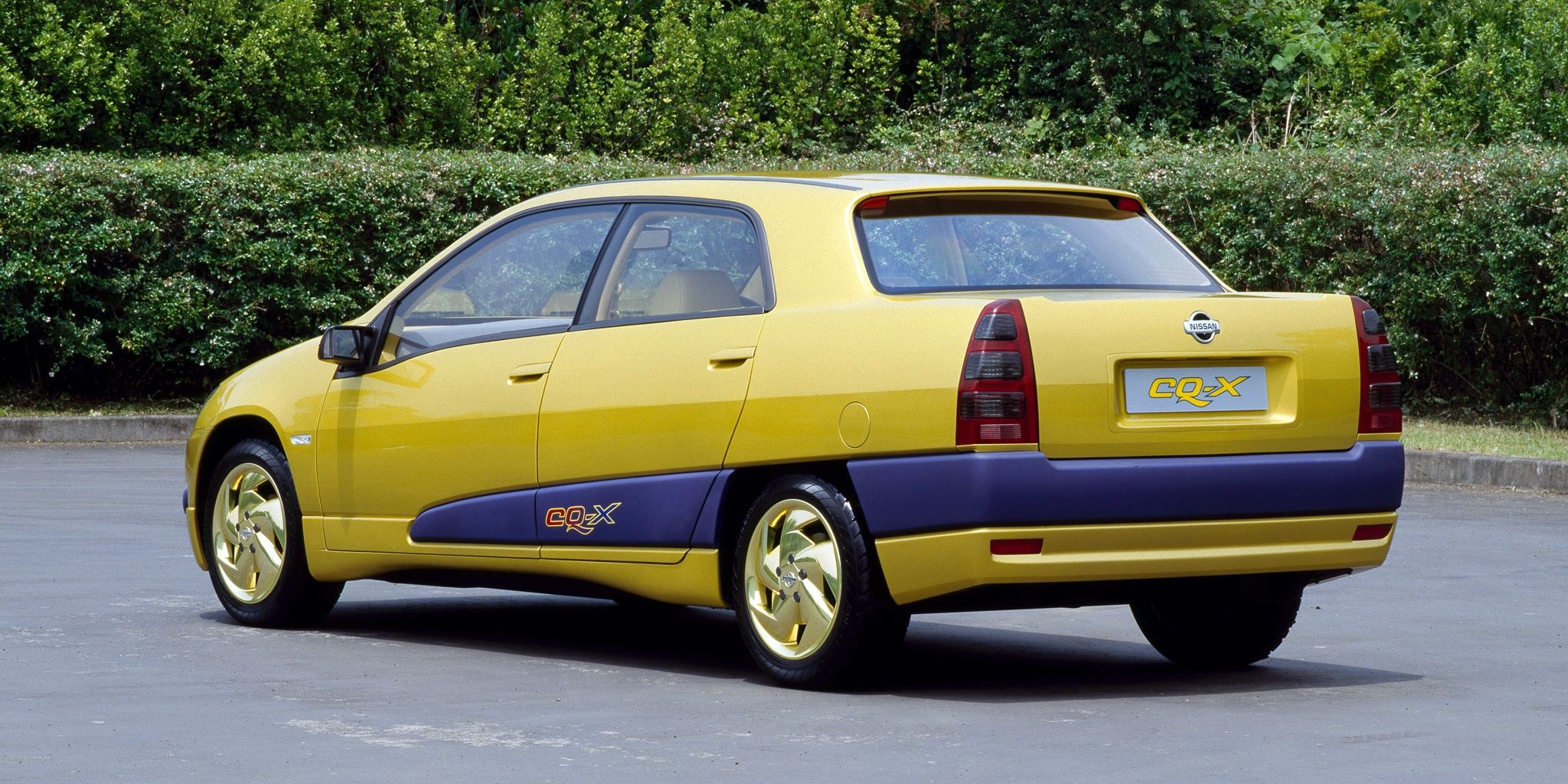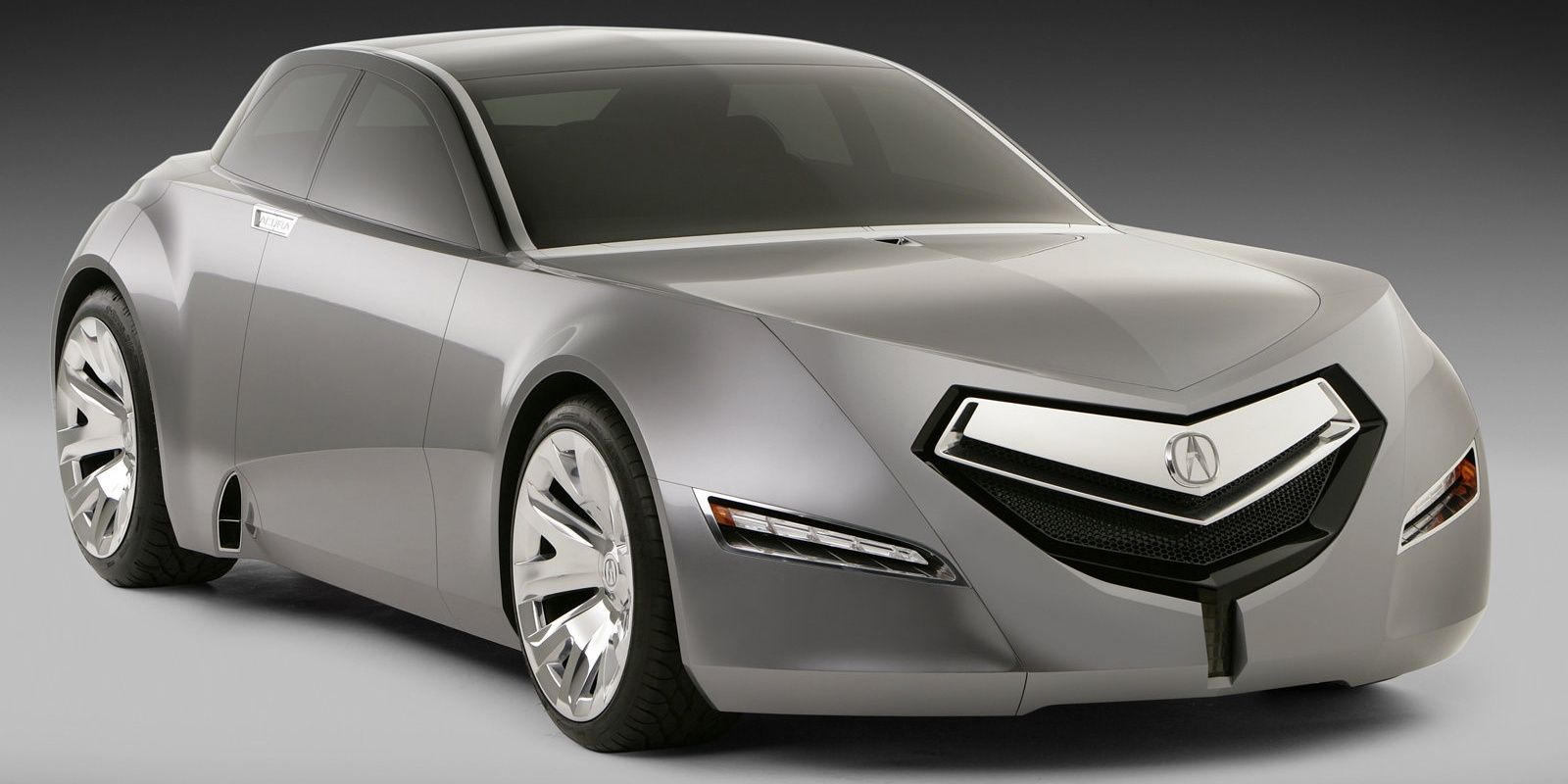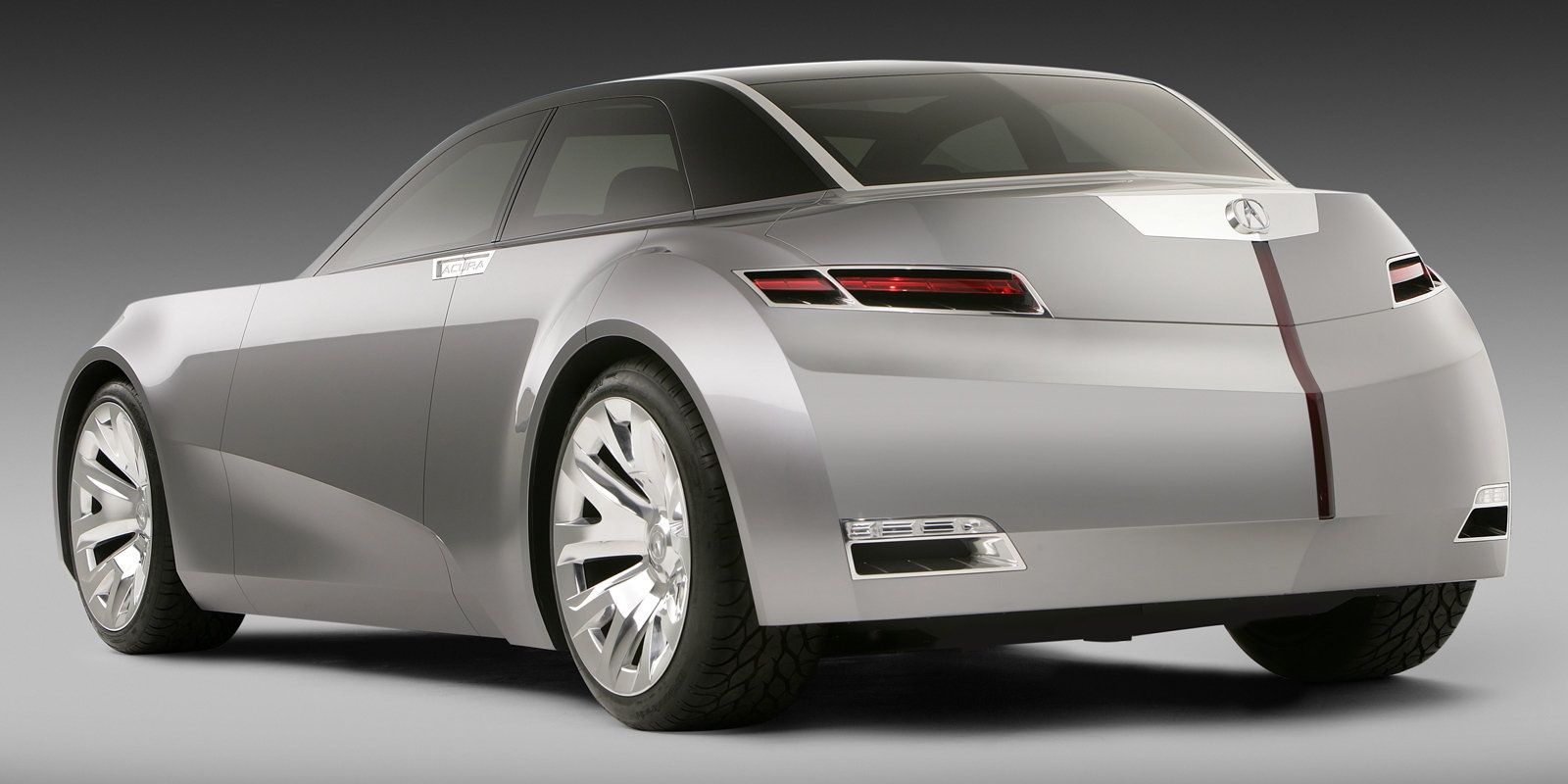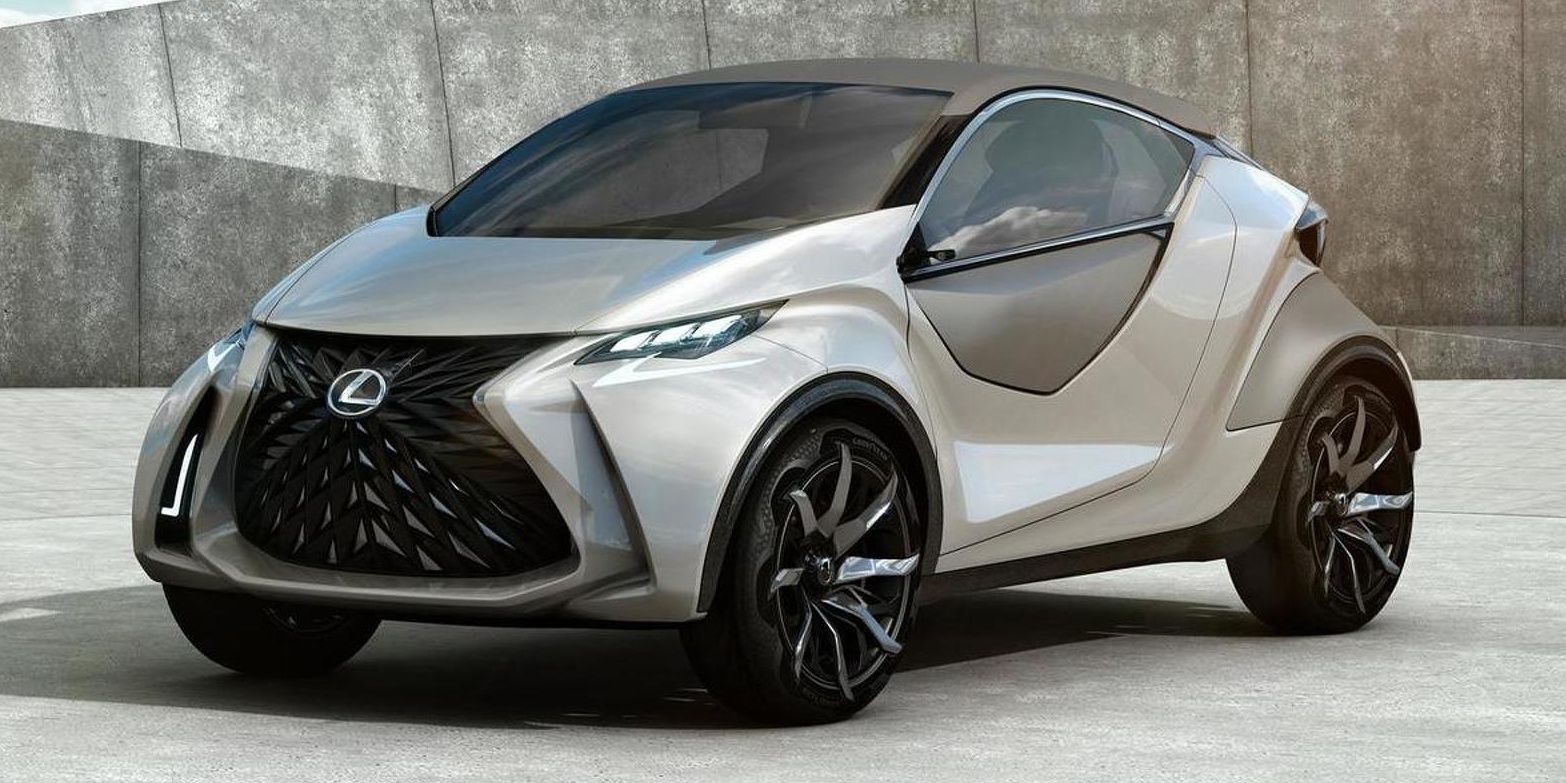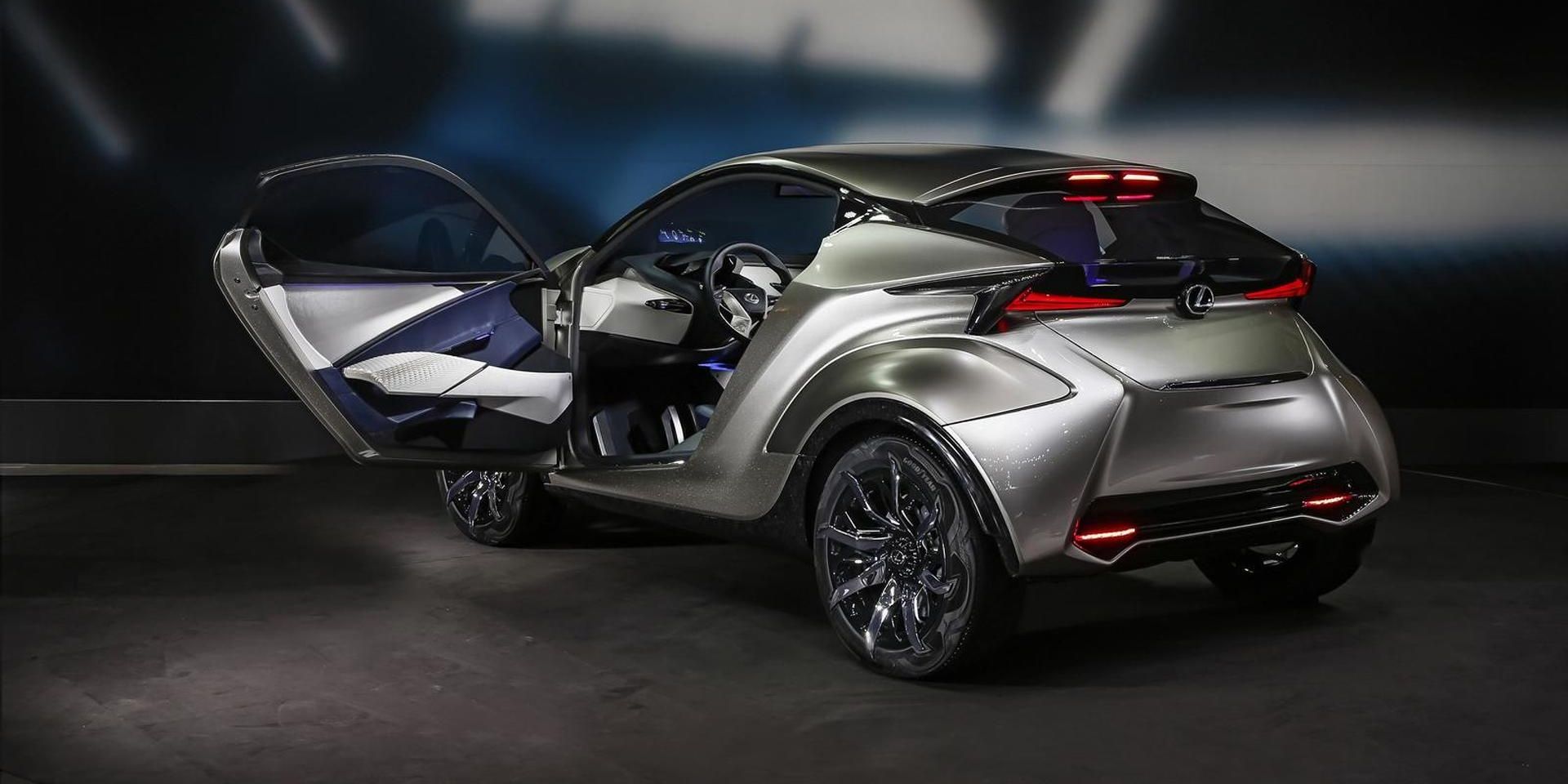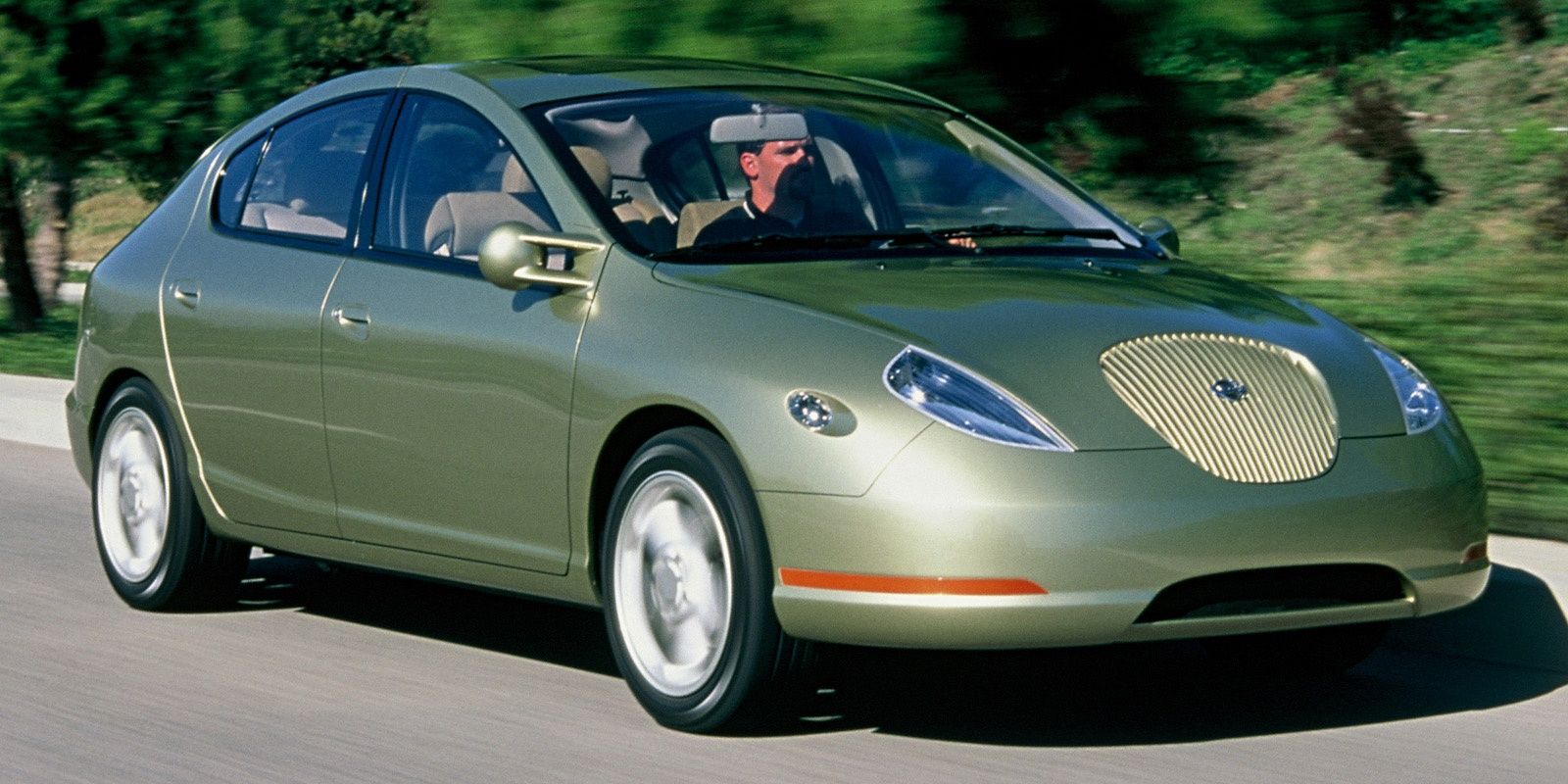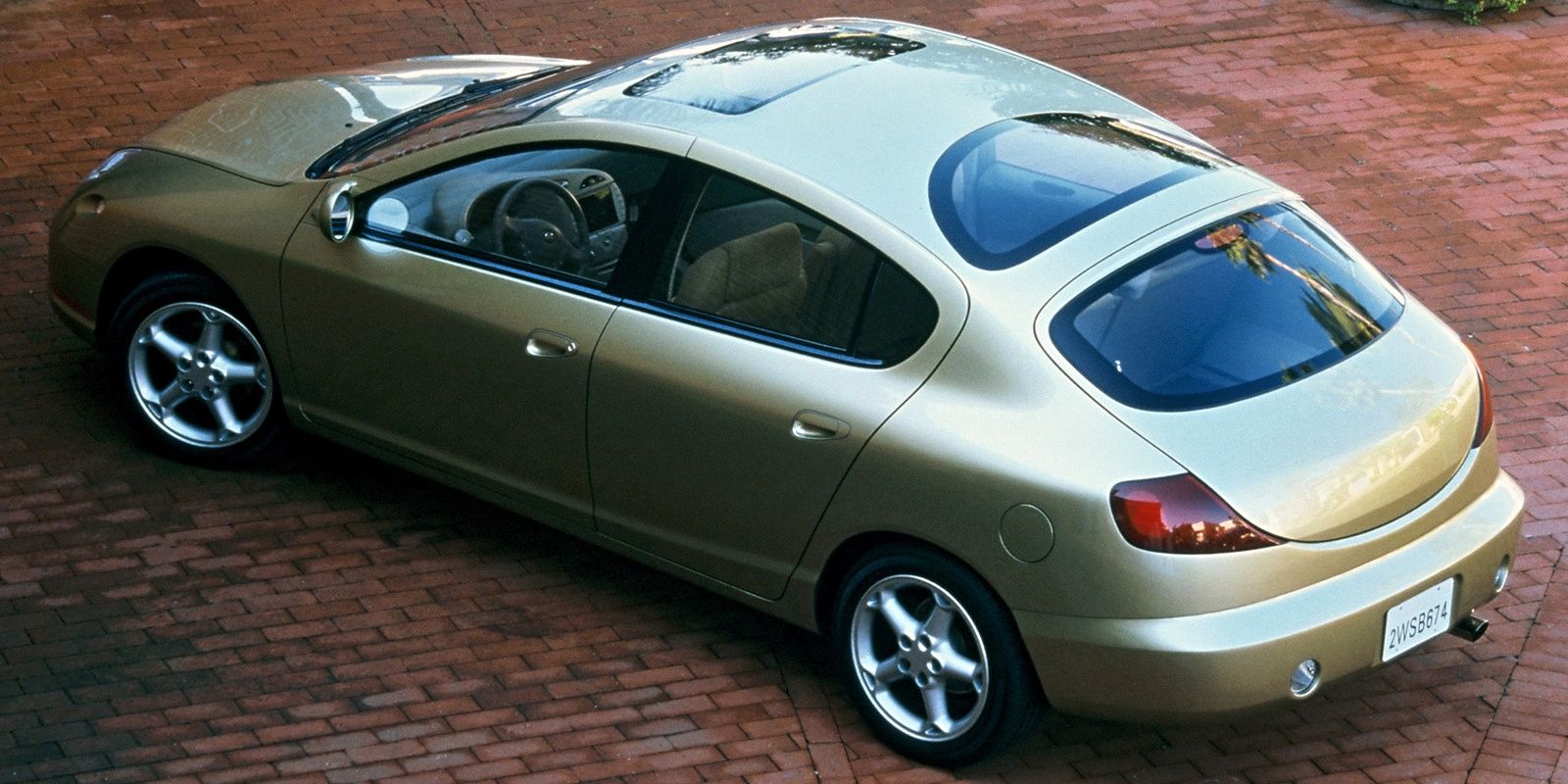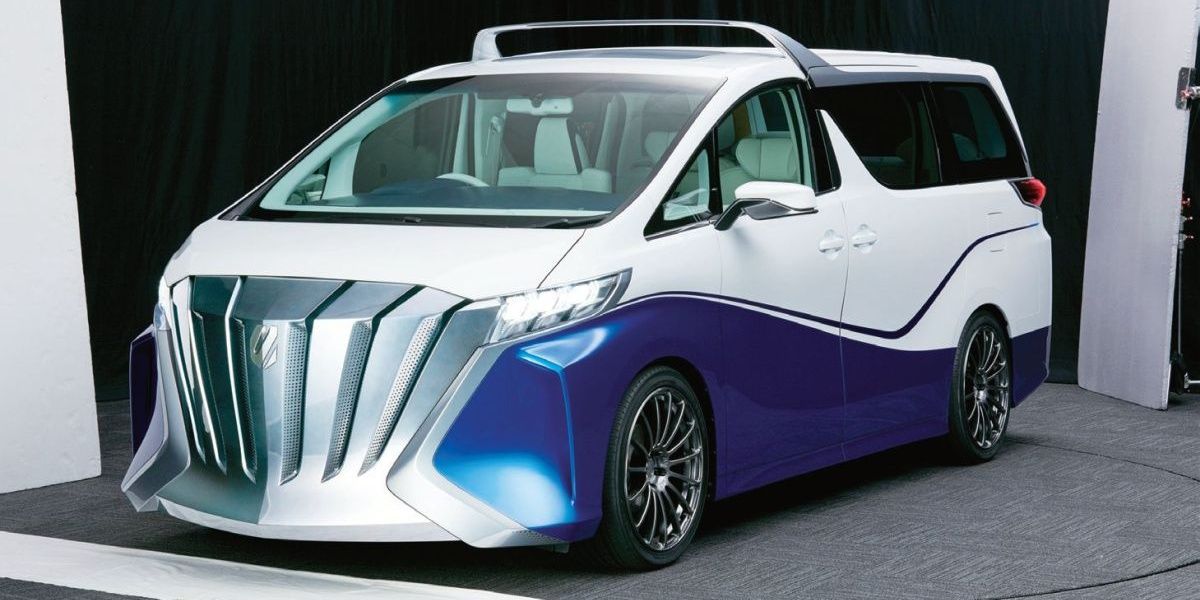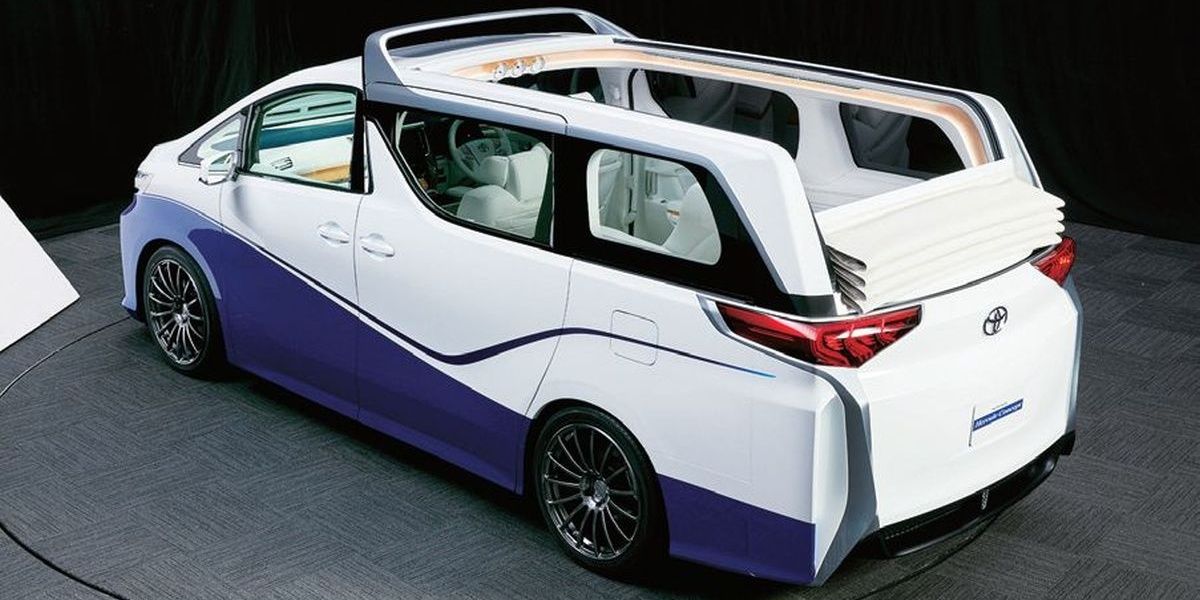Japanese car manufacturers have been responsible for some of the greatest innovations in the industry, raising the bar for construction quality and developing new technologies that have influenced rivals around the globe. Like any major carmaking nation, they've also had their fair share of duds. Some of those duds are still on the market today, but most of them were quickly taken off sale and forgotten about. But what about the ones that didn't even make it to production?
It turns out that there are plenty of terrible Japanese cars that never got past the concept stage. After debuting them at major shows, the reaction to these concepts was negative enough for these manufacturers to just scrap their plans altogether and let these ten cars become embarrassing footnotes in their history. Some are pointless, some are outlandish, and some are just plain hideous. Either way, it's a mystery that any of them were allowed off the drawing board in the first place.
10 Toyota Rhombus
The Rhombus was unveiled by Toyota in 2018, designed for younger buyers in the Chinese market. It's an all-electric small hatchback that was supposed to preview part of the company's future lineup in the region.
As well as looking... well, like that, it also only has one seat in the front that can swivel round to create a small lounge area for the driver and two rear passengers. It's certainly a unique idea, but buying a car with a front seat that can potentially turn around when driving sounds like a recipe for disaster.
9 Honda Spocket
Honda's Spocket concept is a true product of the '90s, in that it tried to cater to a market niche that simply didn't exist. Yes, this is the era that paved the way for the crossovers of today, but failed ideas like the Spocket were an inevitable side effect of this period of intense innovation.
So who was the little Honda designed for? Well, the idea was based on their classic T360 pickup truck, one of the company's first vehicles. A compact cargo bed was squeezed into the rear of the car, and an equally compact cabin was designed to withstand water, mud, and anything else that an owner with an "active lifestyle" could throw at it. Unfortunately, people with active lifestyles didn't want tiny compact pickups, so the idea was dead from the get-go.
8 Nissan Chapeau
Presented in 1989 at the Tokyo Motor Show, the Chapeau seemed to be the answer to a question that no one was asking. An asymmetric cargo van, the concept was designed for tight Japanese city streets and alleyways.
The trouble was that plenty of small vans were already on the market, and the unique two-box design of the Chapeau didn't really add any extra functionality. It did however make it more ugly. Decades later, Nissan took a similar design approach with the Cube, a more well-received but equally pointless car.
7 Art & Tech Lamborghini Sogna
Young car designer Ryoji Yamazaki wanted to make an impression with his first major car show appearance since launching his brand Art & Tech. Rather than design a classically-styled coachbuilt car though, he decided to take a Lamborghini Countach and absolutely butcher it into this puke-green monstrosity.
Two prototypes were built and Yamazaki intended to put the car into production, but after showing the car at Geneva in 1991 he couldn't find any buyers. It probably didn't help that the reported asking price for the Sogna was $1.6 million. One of the prototypes was listed by a Japanese dealership for an eye-watering $3.3 million in 2013, but it's not known what price it was eventually sold for.
6 Suzuki Q-Concept
Combining the idea of a car and a motorbike is something that's always seemed to end badly every time any manufacturer has tried it. Even Mercedes couldn't make it work, as their F300 LifeJet concept was a weird bug-eyed creation that took body roll to a new, sickness-inducing level.
It's no surprise then that Suzuki's car-bike combination, the Q-Concept, looks terrible. It's also not practical, as it was designed with just six miles of range and enough room for one adult driver and two small children.
5 Nissan CQ-X
The CQ-X was built by Nissan to showcase how the future of motoring could look, so thank goodness it never caught on. The strange proportions of the car were an attempt to maximize the space in the trunk while still keeping the wheelbase as short as possible.
It also came with a number of safety systems that could help in the event of a collision, but with a color scheme like that, it's hard to imagine anyone not seeing this thing coming. Strangely enough, underneath the weirdness, the car is a regular FWD sedan with a standard 2.0L I4 engine.
4 Acura Advanced Sedan
According to Acura's then-head of Design, Dave Marek, the idea for this concept was to create a car that could compete with offerings from Bentley and Maybach by the year 2020. Yes, that's right, Acura's design team really looked at this car in 2006 and thought buyers would pick it over a Bentley in a few years.
It did have some innovative design features, like a crystal Acura emblem and suicide rear doors, but nothing can distract from the fact that it just looks completely out of proportion. To be taken seriously, Acura would have needed to make their first entry into the world of high-end luxury cars look a lot better than this ill-advised oddity.
3 Lexus LF-SA
Buyers of premium cars don't usually want something the size of a Smart car, so Lexus was onto a losing idea almost as soon as they came up with the LF-SA. What really makes this 2015 concept look silly though is its comically oversized grille.
That grille is so big that it looks more like a badly photoshopped meme, but Lexus did show off a real-world prototype at the 2015 Geneva Motor Show. Needless to say, the reaction wasn't great and Lexus hasn't rushed to get into the sub-compact car market since then.
2 Nissan NCS
In the age of the internet, it might seem like nothing is ever forgotten, but Nissan has done a remarkably good job of scrubbing the record of the NCS concept from existence. The car was reportedly unveiled at the 1999 Chicago Auto Show, but other than that very little about it is known.
An archived press release from the era claims that the car combines "the style of a sports sedan with the interior versatility [...] of a minivan or SUV", but just looking at the NCS, it's hard to see how both those attributes could be fully true. Still, whatever the purpose of the concept was intended to be, it clearly never lived up to it, and with a face like that perhaps it would have been better left on the drawing board.
1 Toyota Auto Body Alphard Hercule
Minivans, to many Americans, represent all that's sensible about automotive transportation. Their designs are usually bland and inoffensive, and their powertrains are designed to do years of dutiful service with little excitement. Well, in Japan things are a bit different, as the minivan market is altogether more vibrant and diverse.
Modified minivans also form their own unique subculture in Japan, and Toyota's Auto Body division wanted in on that market by creating this, the Hercule concept. It was supposedly based on the design of a yacht, but that huge front grille makes it look like the whole car has been muzzled. Making minivans more exciting is a cause that many enthusiasts should get behind, but this is a prime example of how not to do it.

